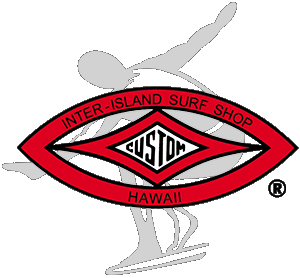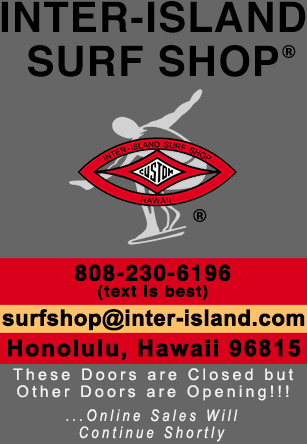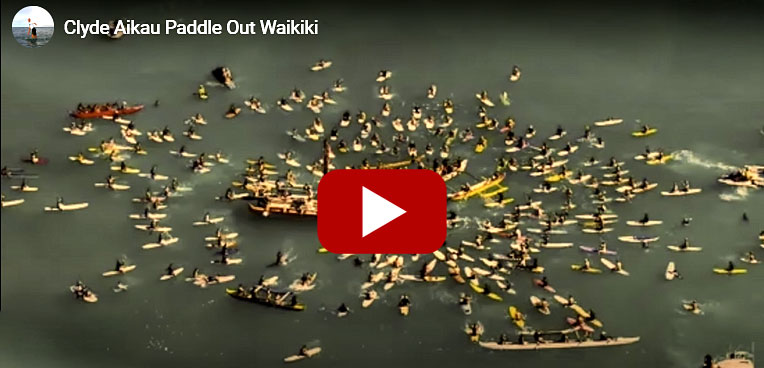By Kyle Metcalf
1960s Greg Noll Search for Surf
Another contribution from Kyle Metcalf
Kimo Doole shared this short video about Greg Noll.
How to Share With Just Friends
How to share with just friends.
- We forget that his birth name was Greg Lawhead but shortly changed to Greg Noll after his mother remarried; Noll was the name of his stepfather.
- We forget that he visited Hawaii in 1956 and convinced his parents that he should attend his 1957 senior year at Waipahu High School so he could surf.
- We forget that he filmed surfing along with the likes of Bruce Brown and Bud Browne in an attempt to promote his fledgling surfboard business in Hermosa.
- We forget that he with a few others took the Malibu Chip surfboards to Australia, boards made of balsa that when stacked on the beach at Malibu looked like a pile of potato CHIPS.
In this film he mentions Dave Rochlen at Malibu who would later move to Hawaii, marry Rabbit Kekai's ex-wife Keanuenue, and open the Surf Line store on Piikoi and start the Jams World clothing business.
- And we forget the kind words he had for the generation of big wave surfers that came behind him. James Jones, Brock Little, Clark Abbey and etc.
Dick Brewer Interview 2007
Dick Brewer is woven into the Hawaii surfing community since 1960ish. His personality is part independent, part shaping genius, and part paranoid underground recluse. This video captures the spiritual, empirical, self confident character of Dick straight from his own voice. It is about an hour long best listened to while on a long drive to the North Shore.
By Tim Bonython
One Last Ride With Uncle Clyde
Unequivocally, since the latter part of 1978, Clyde Aikau has been the voice and presence of his brother Eddie. As the Aikau family representative and Eddie Aikau Foundation spokesperson, Clyde always spoke with authority for his family and the foundation’s work in the community. Although a great big wave surfer and expert in ho’oponopono himself, Clyde always deferred credit to his older brother Eddie. Clyde won The Eddie the first year it was held at Waimea Bay in 1986.
When he took it on himself to compete in the 2016 Eddie Big Wave event, despite disconnecting from a wave, free falling, and injuring his shoulder, he insisted on competing in his second heat. Clyde was as much the living embodiment of Eddie that a brother could ever be.
We send him back to the ocean to join his brother and to join all of the other brave Hawaiian watermen who fished, dove, surfed, paddled and voyaged. May he be carried by the voice of Kahu Dennis Sallas on his new ocean journey above.
Thank you to Bill Brooks for the use of his music on this video.


Recent Posts
- 1960s Greg Noll Search for Surf
- Dick Brewer Interview 2007
- One Last Ride With Uncle Clyde
- The Noa Napoleon Surf Photographer page on the Inter-Island website has been updated!
- Early Inter-Island Surf Shop
- The Red Surfboard
- Bud Browne Night 2024 Honolulu Surf Film Festival Closing Panel Discussion
- Hawaii Paipo Designs
- Mark Cunningham on Pipeline, Bodysurfing, and His Heaviest Experiences As a North Shore Lifeguard


